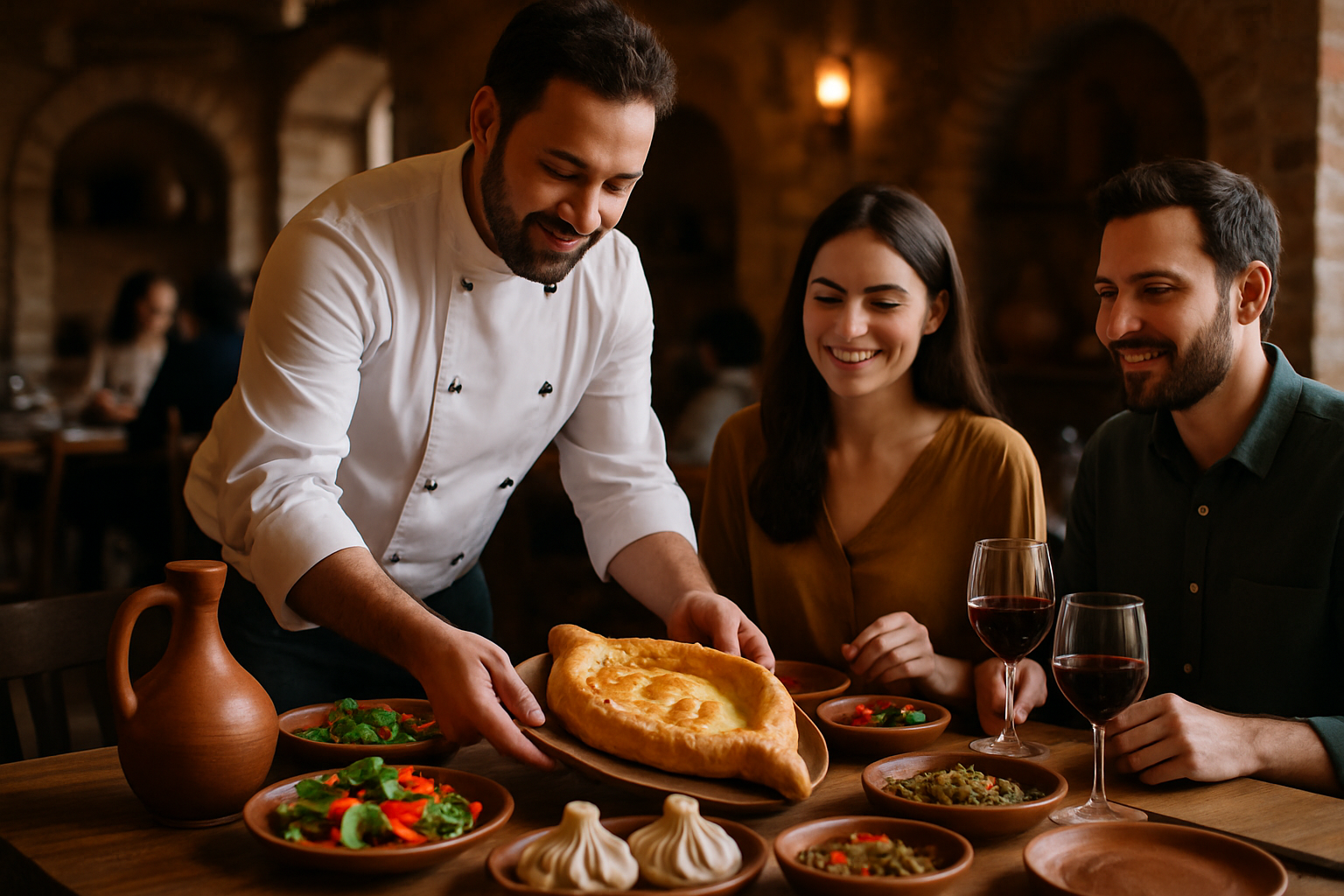Culinary Time Travel: Exploring Ancient Cuisines in Modern Destinations
In a world where culinary experiences shape our travels, a new trend is emerging that combines gastronomic adventures with historical exploration. Culinary time travel, the art of seeking out and experiencing ancient cuisines in modern destinations, is captivating food enthusiasts and history buffs alike. This immersive approach to travel not only tantalizes taste buds but also offers a unique window into the cultural heritage of civilizations long past.

Unearthing Ancient Flavors
From the bustling markets of Rome to the remote villages of Peru, destinations around the world are embracing their culinary heritage. Travelers can now feast on recreated Babylonian stews in Iraq, sample Viking-era fermented fish in Scandinavia, or taste the corn-based dishes of the ancient Maya in Mexico. These experiences go beyond mere dining; they offer a sensory journey through time, allowing visitors to literally taste history.
The Science Behind Culinary Time Travel
The recreation of ancient cuisines is a meticulous process that involves a blend of scientific research and culinary artistry. Archaeobotanists analyze plant remains from archaeological sites, while zooarchaeologists study animal bones to determine ancient diets. This data, combined with historical texts and artistic depictions, allows chefs to reimagine dishes that haven’t been tasted for centuries or even millennia.
Challenges in Resurrecting Lost Recipes
While the concept of culinary time travel is exciting, it comes with its own set of challenges. Many ancient ingredients are extinct or have evolved significantly over time. Chefs and researchers must often find modern substitutes that closely mimic the flavors and textures of historical ingredients. Additionally, ancient cooking methods, such as clay pot cooking or pit roasting, may need to be adapted for modern kitchens while still preserving authenticity.
Impact on Local Communities and Sustainable Tourism
The revival of ancient cuisines has a ripple effect on local communities. It encourages the preservation of traditional farming practices and the cultivation of heritage crops. This not only supports biodiversity but also provides economic opportunities for local farmers and artisans. Culinary time travel aligns well with sustainable tourism practices, promoting cultural preservation and offering travelers a deeper connection to the places they visit.
Savoring the Past: Tips for Culinary Time Travelers
-
Research destinations known for their ancient culinary heritage before planning your trip
-
Seek out restaurants and experiences that specialize in historically accurate recreations
-
Participate in cooking classes that teach ancient techniques and recipes
-
Visit local markets to discover ingredients that have been used for centuries
-
Attend food festivals that celebrate historical cuisines
-
Consider joining archaeological digs that focus on ancient food practices
-
Read historical cookbooks or food-related texts before your journey to deepen your understanding
As we continue to explore the world through our taste buds, culinary time travel offers a unique lens through which to view human history. By engaging with the flavors of the past, we gain a deeper appreciation for the culinary innovations that have shaped our present. This trend not only satisfies our hunger for new experiences but also nourishes our understanding of the cultural tapestry that makes up our global heritage. As more travelers embark on these gastronomic journeys through time, they’ll discover that the past has never tasted so deliciously relevant.





